Microelectromechanical systems pioneer
Life Fellow, 83; died 22 November
Nathanson invented the first MEMS device, a tuner for microelectronic radios, in 1965 while working as an engineer at Westinghouse Research Labs in Pittsburgh.
While developing similar devices, Nathanson pioneered a method of batch fabrication in which layers of insulators and metal on silicon wafers are shaped and undercut through the use of masks and sacrificial layers. The process would become a mainstay of MEMS manufacturing.
Nathanson was granted a patent in 1973 for the use of millions of microscopically small moving mirrors to create a video display of the type now found in digital projectors.
Later in his career, he was involved in the development of monolithic microwave integrated circuits in gallium arsenide for airborne radar applications, concepts for atomic clocks, integrated circuits on coiled (curved) substrates and electronic system cooling ideas. He held more than 50 patents in the field of solid-state electronics.
He was promoted in 1988 to chief scientist at the Westinghouse Science and Technology Center, also in Pittsburgh. After his retirement in 2001, he consulted for Northrup Grumman in Baltimore.
He received a Ph.D. from Carnegie Mellon.
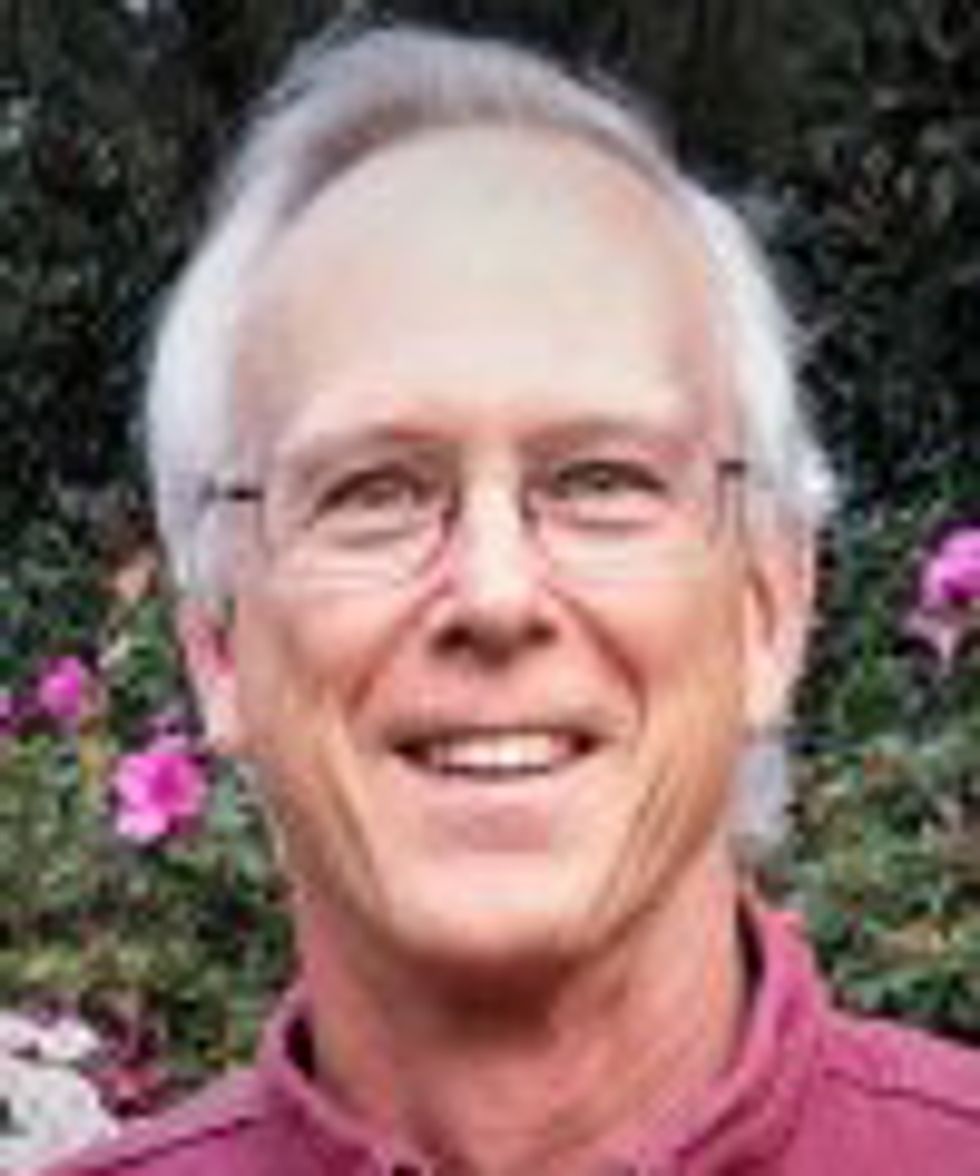
Electrical design engineer
Life senior member, 65; died 9 November
Pipkin was an electrical engineer who designed power structures for buildings and large-scale projects. He was the lead electrical design engineer and then on-site engineer during construction of the U.S. Navy’s Point Loma fuel farm near San Diego.
He worked for several engineering concerns including Pullman Kellogg, Tellepsen, and Honeywell’s United Oil Products division.
Pipkin received a bachelor’s degree in electrical engineering from Rice University, in Houston.
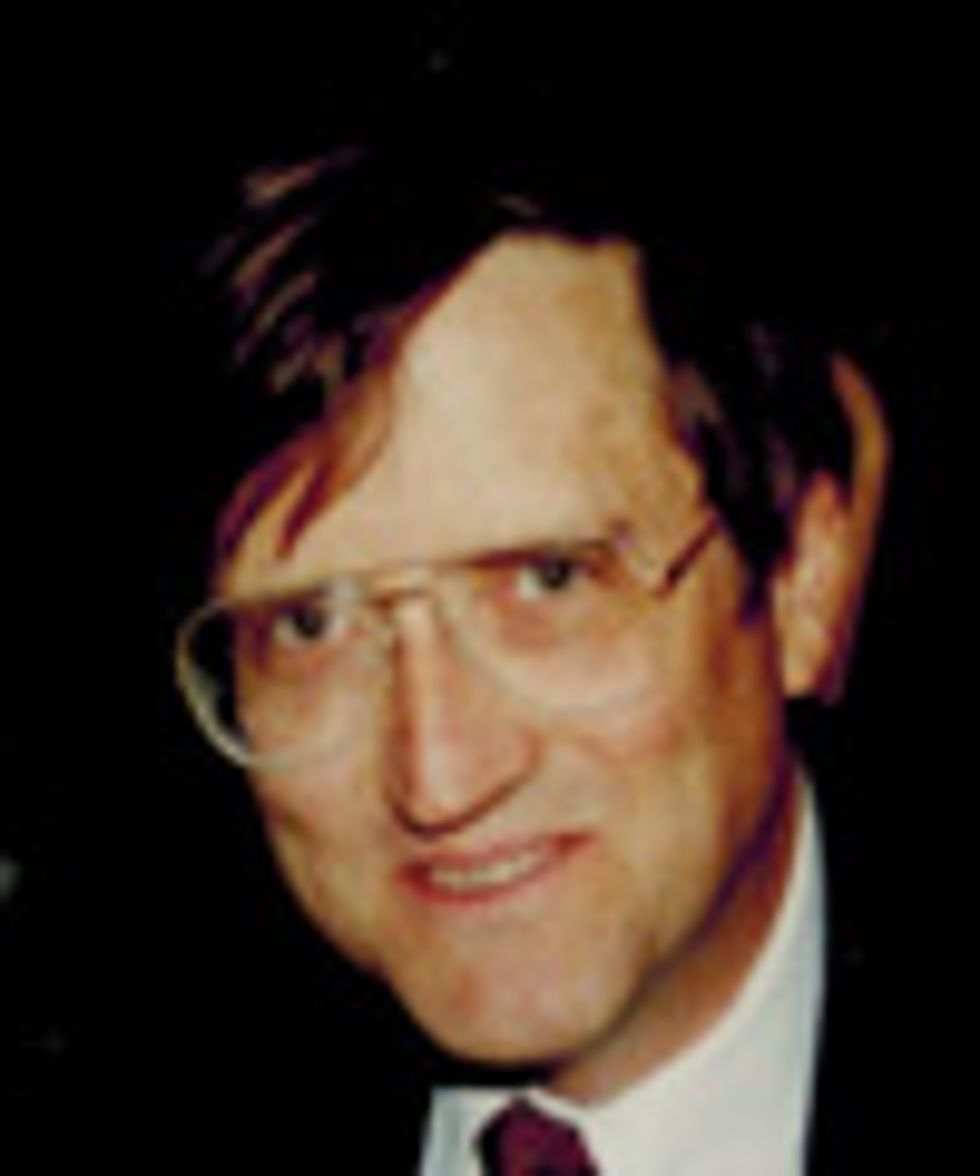
Electrical engineering professor
Life member, 77; died 19 December
After completing his U.S. Army ROTC obligation in Germany, Lyke worked for manufacturers General Electric, Square D, and Siemens. While at the companies, he worked with technologies such as ceramic computer parts, household appliances, large scale power transformers and circuit breakers, and locomotives.
Lyke left industry and was hired as an engineering professor at Southern Polytechnic State University, now part of Kennesaw State University, in Marietta, Ga., where he taught until he retired.
He was a beekeeper for Toledo Grows, a local organization that helps disadvantaged youth build skills through gardening. Lyke also participated in the ManKind Project, an international association that assists men with their personal development, and cultivated his public speaking skills through educational nonprofit Toastmasters International.
Lyke received bachelor’s and master’s degrees in electrical engineering from Cornell. He later earned a master’s degree in business from Emory University, in Atlanta.
Mario Refice
Computer scientist
Life member, 78; died 20 December
Refice conducted research on experimental-systems automation, software engineering, and computer-assisted instruction. He was the principal investigator for several European-funded research projects involving speech and language processing and human-machine interaction.
He received a bachelor’s degree in physics in 1967 at the University of Bari Aldo Moro, in Italy. After graduating, he worked as a technician in the university’s high-energy physics laboratory.
He left in 1970 to join Centro Studi e Applicazioni Tecnologie Avanzate, a research consortium in Bari. At the time, he was also a visiting researcher at the University of Texas at Austin and Stanford. While at Stanford, he collaborated with other researchers to adapt the TENEX operating system to the Digital Equipment Corp.’s PDP-10 computer.
In 1981 he began teaching advanced courses in computer science for the UNESCO Intergovernmental Bureau of Informatics in Ghana, Guinea, and other countries. He also was a scientific consultant for the Royal Scientific Society, in Amman, Jordan.
He took a permanent position in 1985 as an associate professor of computer science at the University of Bari Aldo Moro.
He left in 1991 to join the Polytechnic University of Bari, where he taught undergraduate and graduate courses in computer science. Even after his retirement in 2011, he taught and conducted research projects at both Bari universities.
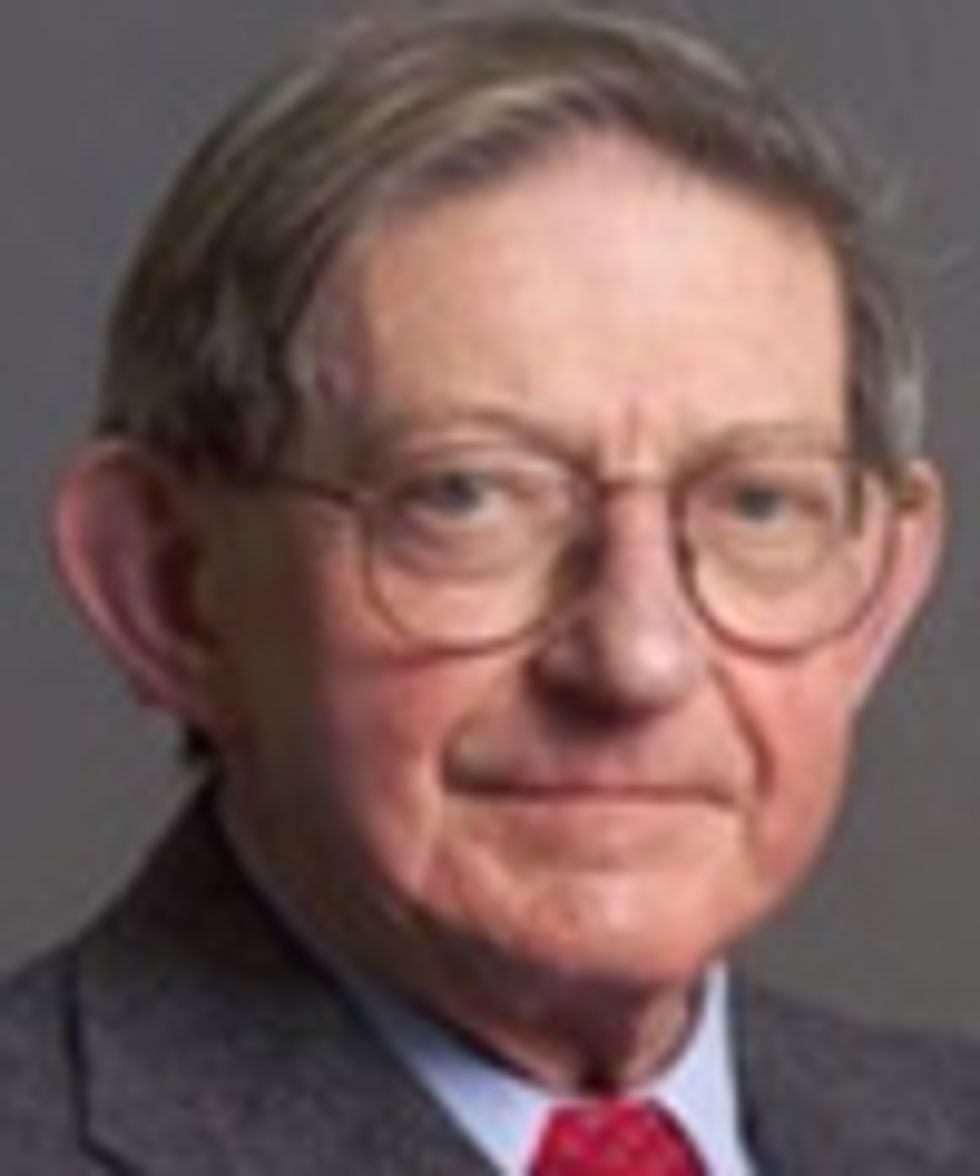
Herbert Bernhardt Voelcker Jr.
Research engineer and EE professor
Life Fellow, 90; died 23 January
After graduating from MIT in 1951 with a bachelor’s degree in mechanical engineering, Voelcker applied to the U.S. Army Signal Corps. He served as a signal officer in the 82nd Airborne Division for two years. Then he returned to MIT, where in 1954 he earned a master’s degree in electrical engineering.
The following year he began working as a research engineer at the Army’s Signal Labs in Fort Monmouth, N.J. He joined the Army Rifle team, which traveled to Melbourne, Australia, to represent the United States in the 1956 Olympic Games.
In 1958 he received a two-year Fulbright fellowship, which enabled him to study at the Imperial College in London, where in 1961 he earned a Ph.D. in electrical engineering.
After returning to the United States, he became an assistant professor of electrical engineering at the University of Rochester, in New York state. In 1972 he founded the Production Automation Project, a research team at the university. Under his leadership, the team developed mathematical foundations and core algorithms for solid modeling—the enabling technology for modern mechanical computer-aided design.
In 1985 Voelcker became head of a new directorate for advanced manufacturing technologies at the National Science Foundation, in Washington. Less than a year later, the NSF went through a reorganization and Voelcker lost his position.
He became an EE professor at Cornell, retired in 2000, and was named professor emeritus.
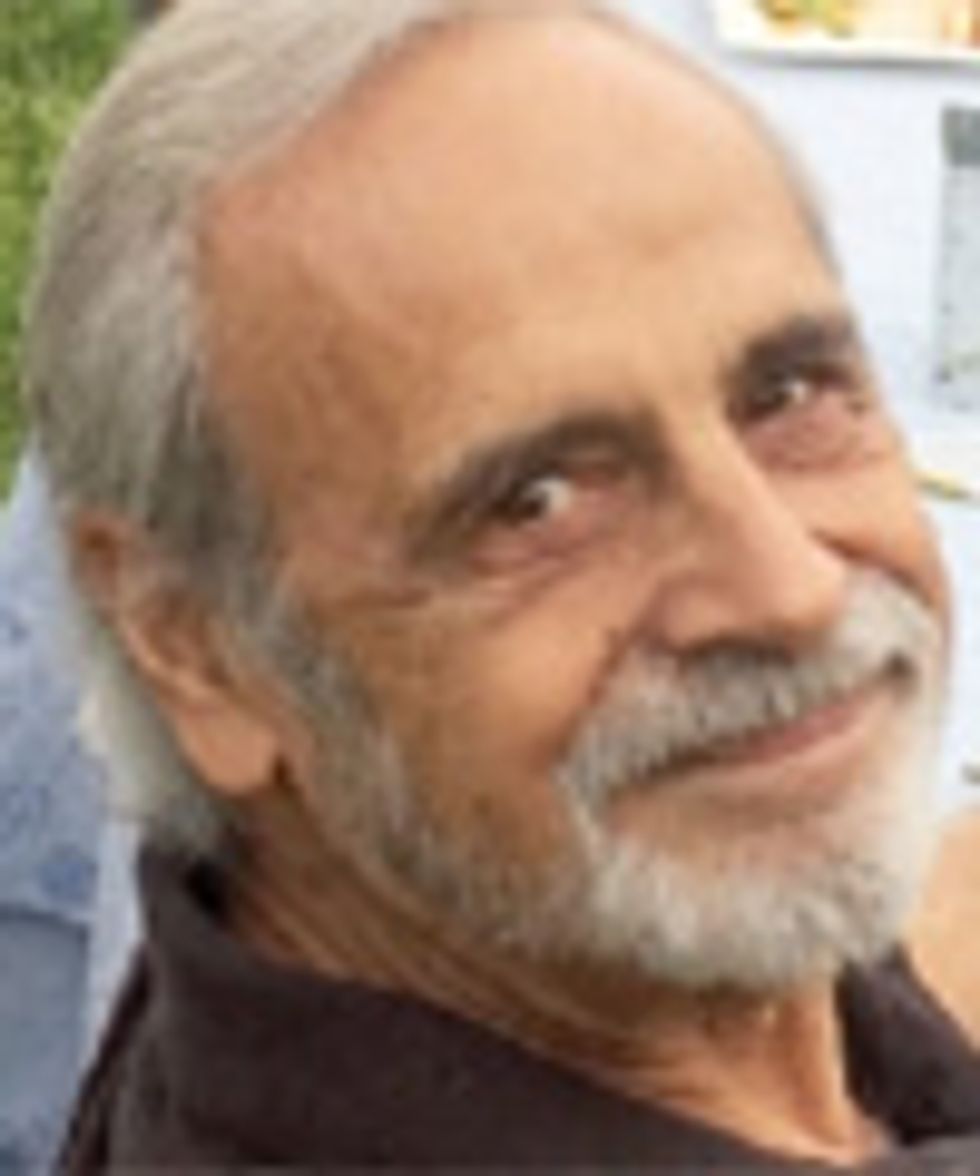
Founder of Serendipity Systems
Life member, 80; died 30 January
During World War II, Sacher, who was a Russian refugee living in Shanghai, immigrated to Seattle with his family and joined the U.S. Air National Guard.
Sacher was a self-taught computer engineer who got his start fixing cash registers for software company NCR. While working there, he was granted three U.S. patents for his printed circuit board fault detection and isolation technology.
Sacherwent on to work as a manager in the marketing department of Cirrus Computers and Genrad Designs in Phoenix. In 1984 he founded Serendipity Systems, a software company, in Sedona, Ariz.
In his spare time, he loved to ski and fly model airplanes, and he was a ham radio enthusiast.
EE professor
Fellow, 90; died 31 January
Kahn was born in Mannheim, Germany, and in 1938, he and his family fled to New York to avoid the Nazis.
He received a bachelor’s degree in engineering from the Cooper Union in New York. After earning his Ph.D. in electrical engineering from the Polytechnic Institute of Brooklyn, in New York, now the NYU Tandon School of Engineering, Kahn joined Wheeler Labs.
His teaching career began at the Polytechnic Institute, where he taught electrical engineering. He spent a year at the Office of Naval Research in London, then joined the faculty of George Washington University, in Washington, D.C., where he taught electrical engineering until he retired. While at the university, Kahn was chairman of the EE department and held a seat on the faculty senate.
He authored more than 100 papers in the fields of electromagnetics, microwave components, antennas, and optics. He served in several editorial roles with IEEE publications and was a longtime consultant for the U.S. Naval Research Laboratory in Washington.
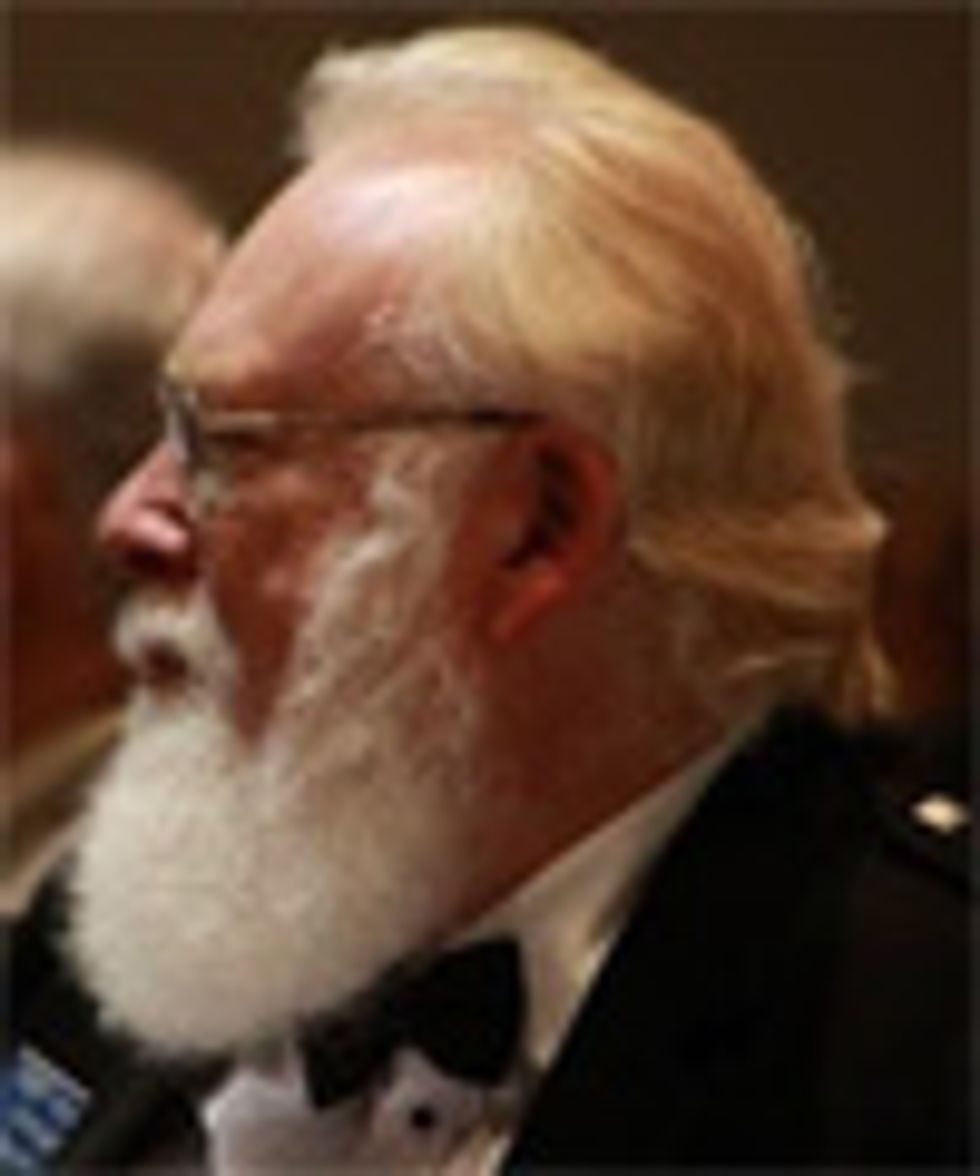
Chemical and nuclear engineer
Life Fellow, 83; died 17 March
McLaren worked as a chemical and nuclear engineer for the U.S. Air Force for 23 years, retiring with the rank of lieutenant colonel.
He then became an engineering consultant. He worked for the U.S. Department of Defense, the Defense Threat Reduction Agency, and Kaman.
McLaren pursued his interest in his Scottish heritage and became a genealogist for the Clan MacLaren Society of North America and the Clan MacLaren Society of Scotland. They promote the history, arts, and tradition of Scotland and of the MacLaren clan.
He received a bachelor’s degree from the Polytechnic Institute of Brooklyn, now the NYU Tandon School of Engineering. He earned a master’s degree through the U.S. Air Force Institute of Technology at the Wright-Patterson Air Force Base in Ohio.
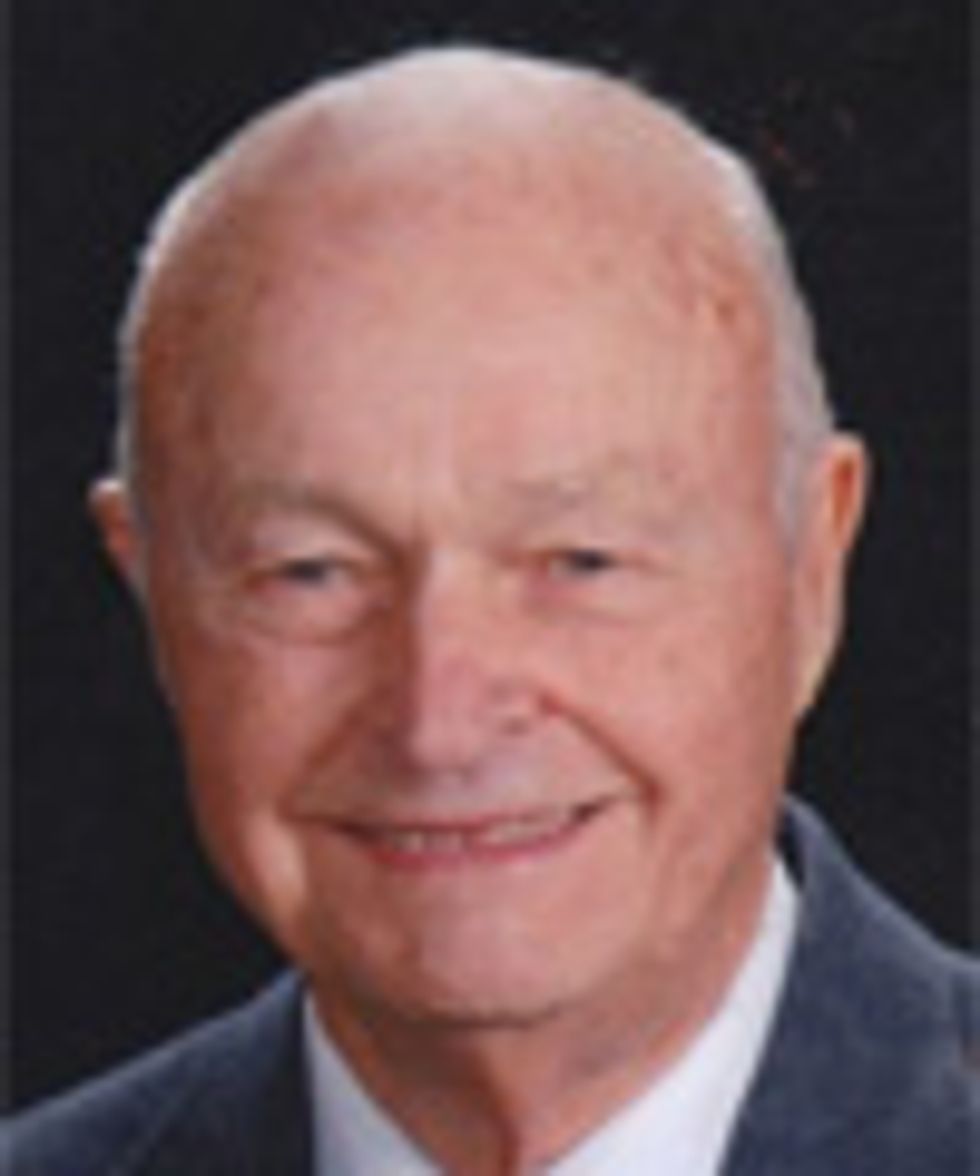
Communications engineer
Life senior member, 94; died 16 April
While McLeod was attending Meridian High School in Washington, he taught himself Morse code so he could apply to the U.S. Army Signal Corps. It was the beginning of his career in communications technology.
He joined the Signal Corps as Wire Chief after graduating high school. During World War II, he was stationed in Oahu, Hawaii, where he ran the Army’s telephone system. After leaving the military, he enrolled at Washington State University in Pullman.
After receiving a bachelor’s degree in electrical engineering in 1948 he joined the Bonneville Power Administration, in Washington, as an engineer. There, he rose to district supervisor of Communications and Control.
He left the nonprofit to join startup Page Communications Engineers in Washington D.C., as a project engineer. He was a project manager there who worked on federal, state, and defense communications infrastructure projects.
During McLeod’s time at Page, he was promoted to senior vice president of engineering and led projects in Asia, Europe, the Middle East, and the United States. McLeod was also on the development team of the Advanced Research Projects Agency Network or ARPANET.
He played a key role in the development of the 1942 Cassegrain earth stations, which were the backbone of international satellite communications networks. The earth stations McLeod helped develop brought modern communications, data transmission and television to many countries around the world.
He served for many years on the U.S. Army Science Board and was a consultant the U.S. Department of Defense.
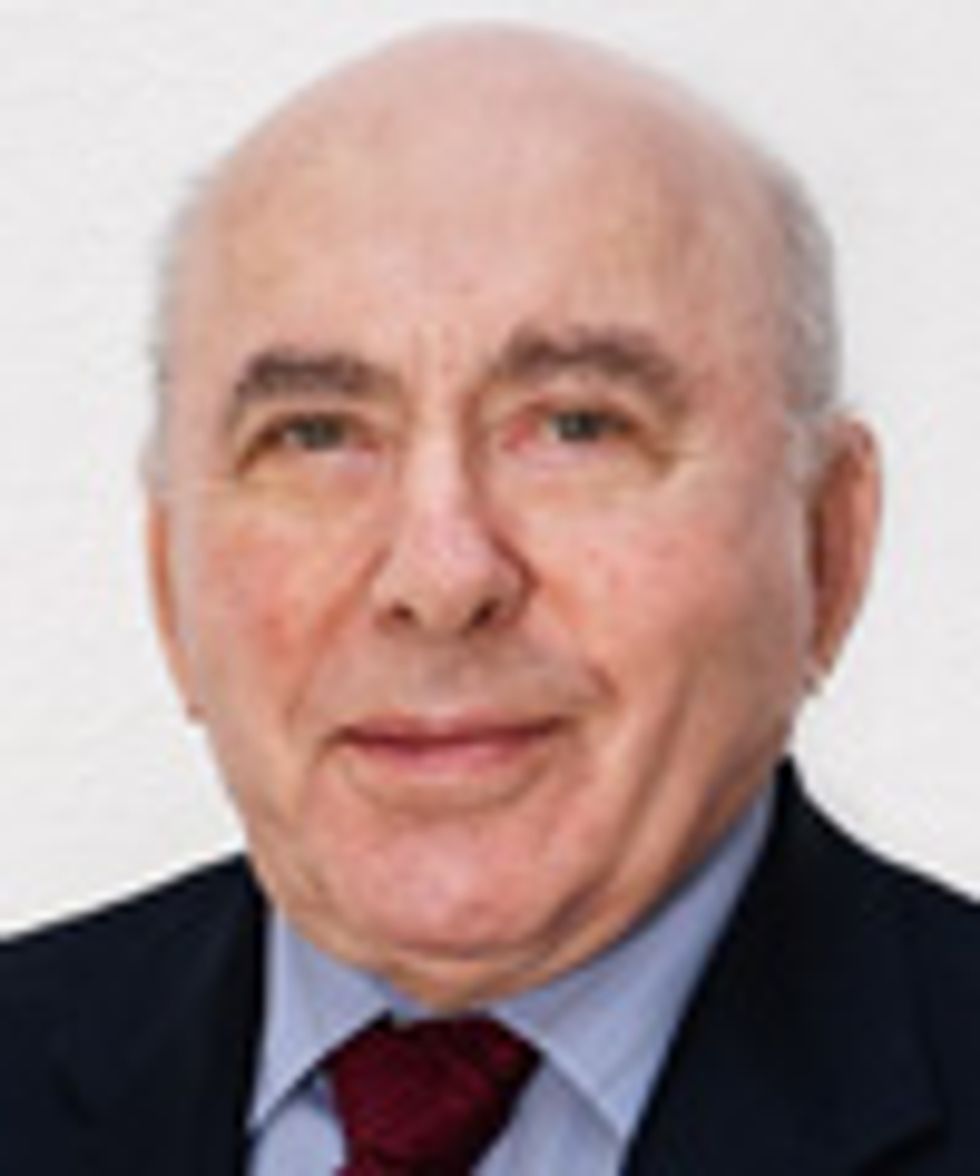
Former managing director of IEEE Corporate and Technical Activities
Life Fellow, 90; died 21 April
Engelson was an active volunteer. He became a member of the IEEE Systems, Man, and Cybernetics Society almost 40 years ago. He served as chairman of the society’s Strategic Planning Task Force, was a member of the board of governors, and was vice president of the long-range planning committee.
He also was an IEEE employee. He was managing director of the Corporate Activities and Technical Activities groups—a staff position. He also served on the IEEE Board of Directors, both as division and region director. He was elected IEEE parliamentarian, and he is the only person to have held the position of IEEE presidential advisor.
Before working for IEEE, Engelson held senior executive positions at RCA in Camden, N.J. He also was an electrical engineering professor at the University of Nebraska, in Lincoln and the New Jersey Institute of Technology, in Newark. He was a National Science Foundation faculty research Fellow at the Princeton Neuropsychiatric Institute, in New Jersey.
Engelson received a bachelor’s degree in electrical engineering from the Polytechnic Institute of Brooklyn, now the NYU Tandon School of Engineering. He earned a master’s degree in EE from Rutgers University in New Brunswick, N.J., and a Ph.D. in EE from Worcester Polytechnic Institute, in Massachusetts.
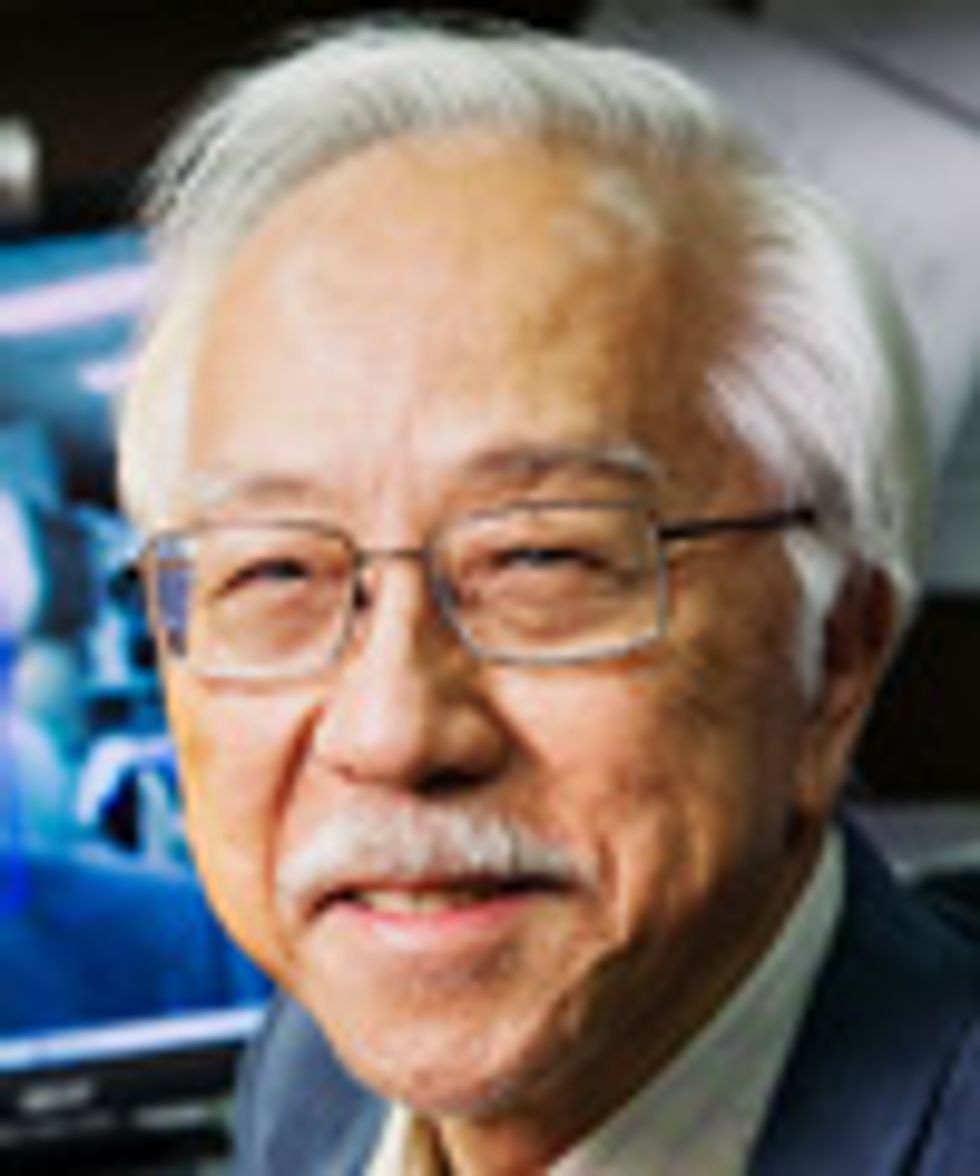
Kilby Medal recipient
Life Fellow, 83; died 25 April
Huang was a renowned electrical and computer engineering professor at the University of Illinois at Urbana-Champaign. During his teaching career, he was the adviser for more than 100 Ph.D. candidates.
He was a research pioneer and received the 2001 IEEE Jack S. Kilby Signal Processing Medal for his contributions to imaging and image processing, including helping to create sequencing processes with wide-ranging applications.
He began his teaching career as an engineering professor at MIT, where he taught from 1963 to 1973, and went on to teach engineering at Purdue University, in West Lafayette, Ind.
He left Purdue in 1980 to join the University of Illinois as an electrical and computer engineering professor. He was also a research professor at the university’s Coordinated Science Laboratory and was one of the first faculty members at the Beckman Institute for Advanced Science and Technology, in Urbana.
After Huang retired from teaching in 2014, he continued his research in information technology, in particular the transmission and processing of multidimensional signals. He published 21 books and wrote more than 600 articles on network theory, digital filtering, image processing, and computer vision. In recent years, his research focused on human-computer interfaces, multimedia databases, and face and gesture recognition for video applications.
He received a bachelor’s degree in electrical engineering from the National Taiwan University, in Taipei. After immigrating to the United States in 1958, he earned a master’s degree and doctorate in EE from MIT.



